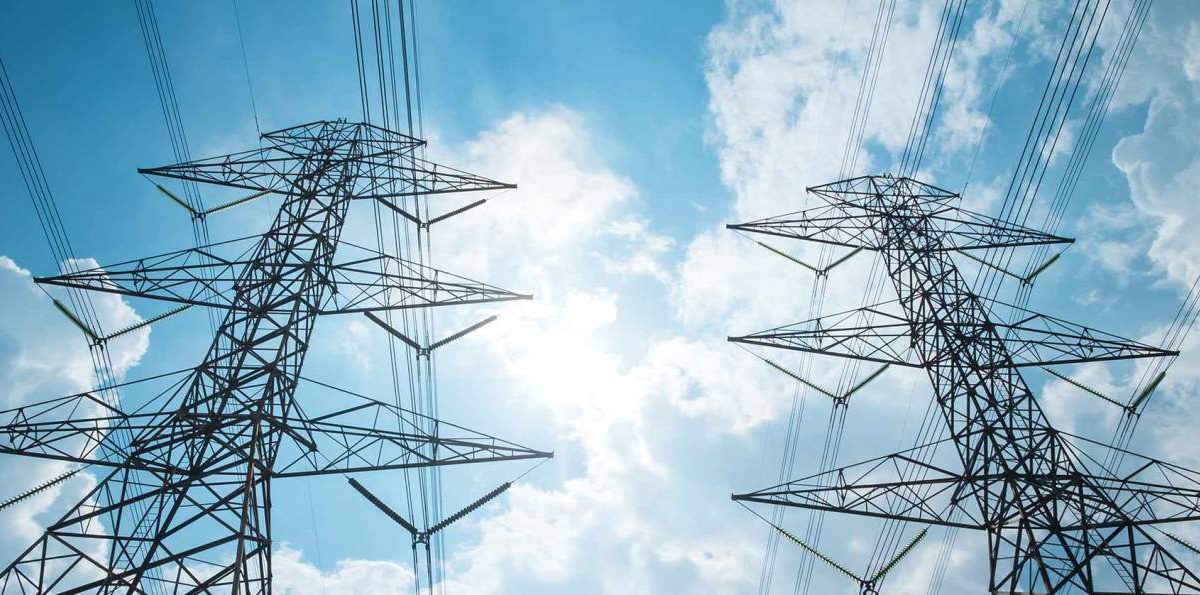Power exchanges accounted for over half of the overall short-term electricity market during FY21, according to an investor presentation by Indian Energy Exchange (IEX). This metric has steadily improved from 30.2 per cent in FY16.
A recent presentation by IEX observed that power exchanges accounted for 54 per cent of the total short-term electricity market in FY21. This metric stood at 41.2 per cent in FY20. There has been a steady increase in this proportion, over the years, as can be seen in the given table .

The presentation further suggests that the share of energy exchanges in India’s total electricity consumption was around 6 per cent. This figure was based on the period from January 1, 2021 to around May 12, 2021. This share of 6 per cent was far below what is being seen in developed countries, indicating that there was tremendous potential for energy exchanges to penetrate further into the short-term electricity trade market. On average, in developed nations the aforementioned share of energy exchanges is in the range 30-80 per cent. For instance, in UK, it is 47 per cent while it is as high as 91 per cent in Nordpool, which is the power exchange for Nordic and Baltic countries.
The share of short-term market trading in India’s overall consumption stood 11.2 per cent in FY21. Over the past 5-6 years, for which data is available in the IEX presentation, this share has remained in the 9-11 per cent range.
Summary
- Share of short-term energy market in total consumption: 11.2 per cent
- Share of energy exchanges in total consumption: 6 per cent
- Share of energy exchanges in short-term energy market: 54 per cent
Another independent study by Institute for Energy Economic & Financial Analysis (IEEFA) highlighted the fact that India’s short-term energy market needs more innovative solutions.
One important point that the IEEFA study made was that most of the power purchase agreements of late relate to 25-year PPAs linked to renewable energy (mainly solar). This leaves very little surplus for trading in short-term markets.
All the same, discoms are now exiting from old long-term PPAs (usually linked to coal-fired power plants) and buying power from exchanges. On the supply side, merchant power plants are also seeing revival as power exchanges offer them a lucrative platform for energy sale.
The IEEFA study further explains that the short-term electricity market has four major components:
- Electricity transacted through traders
- Electricity transacted directly between discoms
- Electricity transacted through power exchanges
- Electricity transacted through DSM (Deviation Settlement Mechanism)
The IEEFA study indicates that the share of the DSM market has been declining in recent years after regulators stressed that power utilities should use the DSM option for last-minute balancing (to achieve grid stability) rather than use it as a general trading platform.



